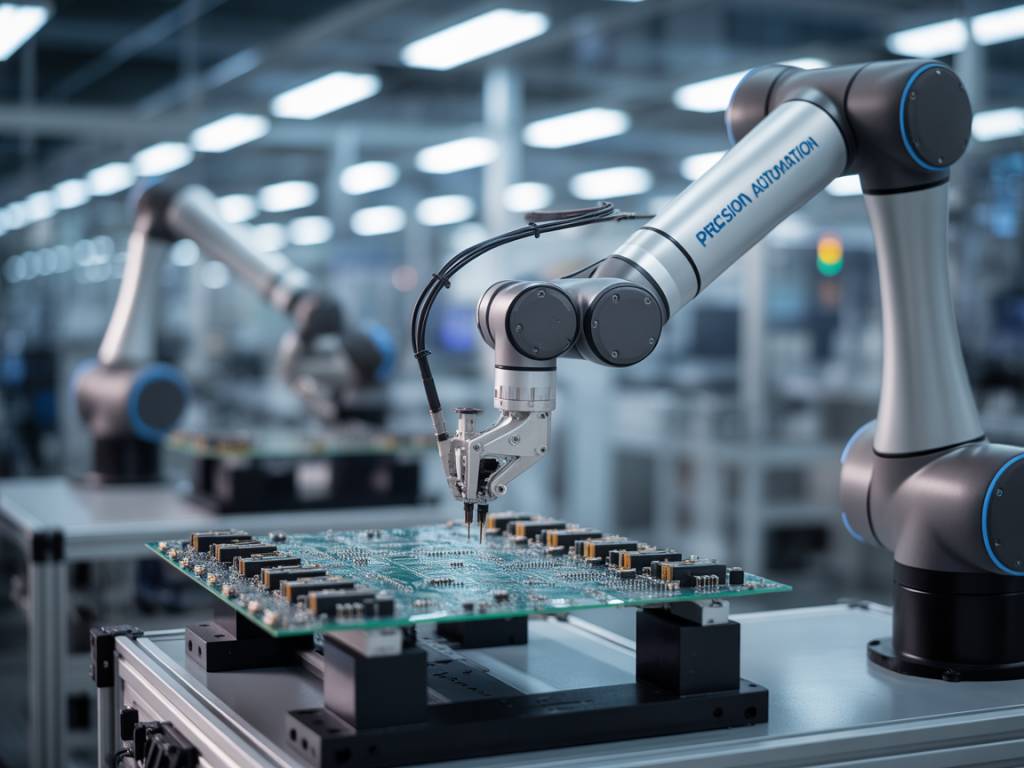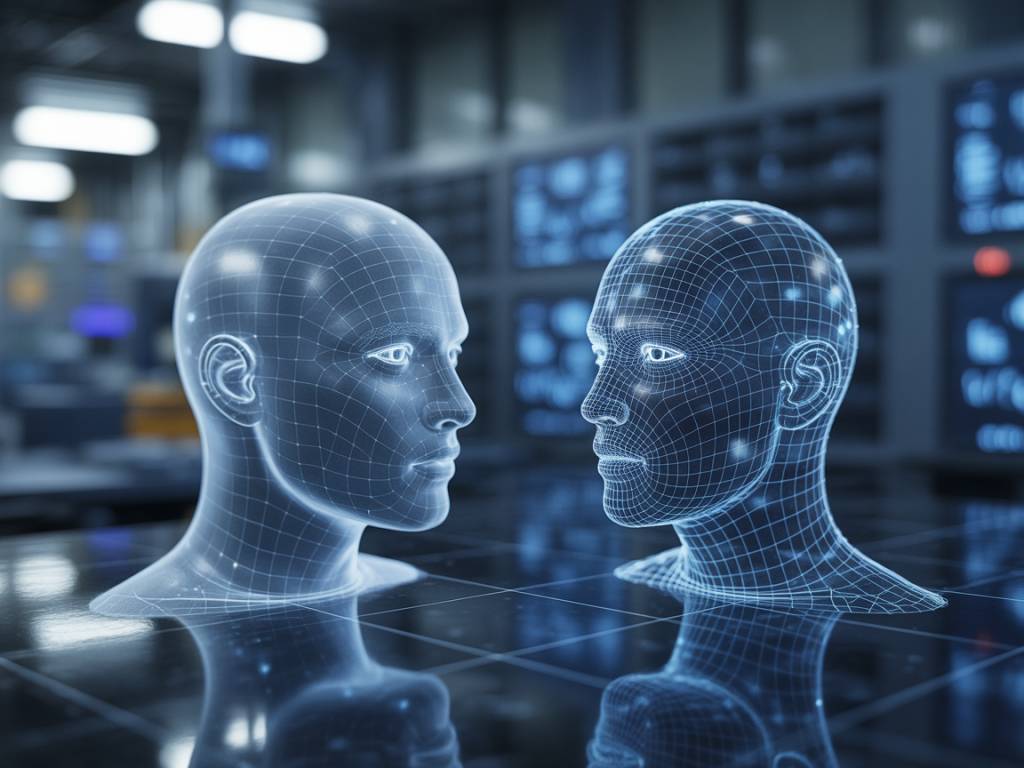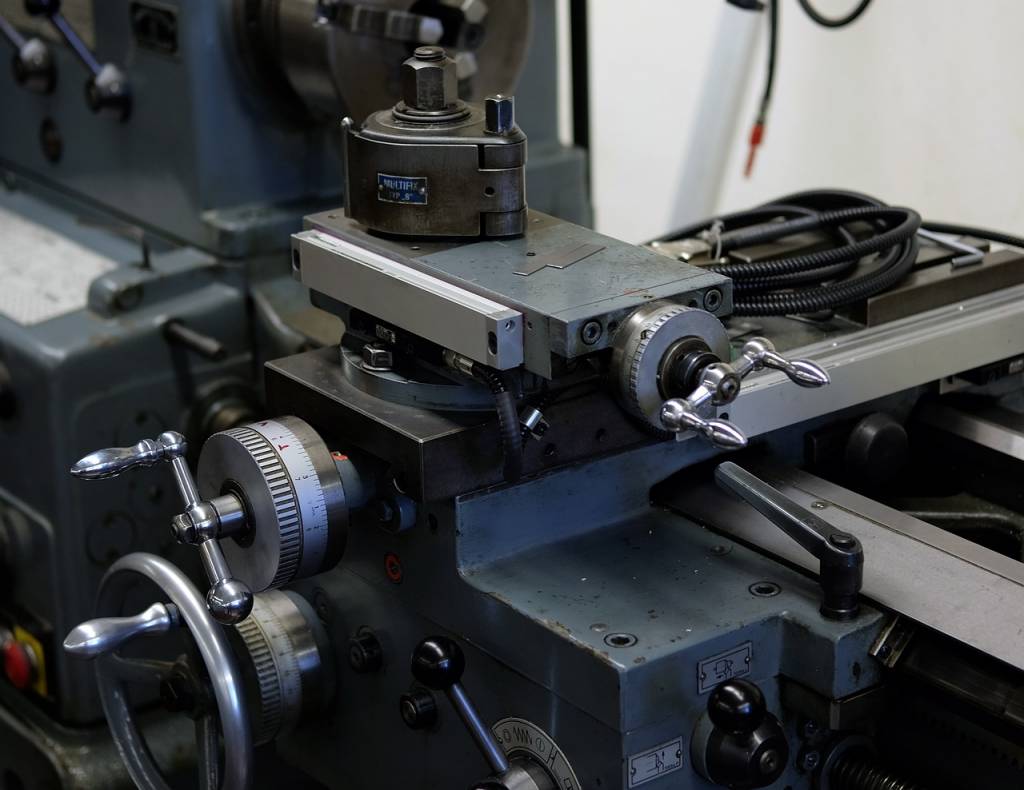The Rise of Smart Manufacturing
Industrial automation is evolving at an unprecedented pace, transforming manufacturing into an increasingly intelligent, data-driven ecosystem. Long gone are the days of basic robotic arms performing repetitive tasks. Today’s factories are powered by interconnected systems, artificial intelligence, and cloud-based platforms that enable real-time decision-making. The result? A leap in productivity, flexibility, and responsiveness across the board.
These automation trends aren’t just enhancing operational efficiency—they’re redefining what’s possible in manufacturing. In a recent report by PwC, 73% of manufacturers stated that digital factory initiatives have already improved their cost structures. But beyond dollars and margins, what are the real forces reshaping the industry floor today?
AI-Driven Predictive Maintenance
Maintenance has always been a significant pain point in manufacturing. Unplanned downtimes are costly—not only in terms of halted production lines but also due to expensive emergency repairs and delivery delays. Enter predictive maintenance, powered by AI and machine learning.
By collecting and analyzing vast quantities of sensor data from machinery, predictive algorithms can identify anomalies before they escalate into mechanical failures. This shift from reactive to proactive servicing is reducing downtime by up to 50% in some facilities. For instance, Siemens has integrated such systems across its plants, avoiding costly breakdowns by addressing issues before they impact production.
Moreover, AI isn’t just predicting failures—it’s optimizing maintenance windows, recommending spare part replacements, and fine-tuning equipment settings for longer lifespan. It’s not magic. It’s math—complex analytics driving real-world savings.
Collaborative Robotics (Cobots) on the Rise
Robots are no longer confined to cages. With the rise of collaborative robots—affectionately dubbed ‘cobots’—automation is entering a new era of human-machine cooperation. Unlike traditional robots, cobots are designed to work safely alongside workers, handling tasks that are either physically demanding, monotonous, or unsafe.
According to ABI Research, the global cobot market is expected to reach $11.8 billion by 2030, fueled by sectors like automotive, electronics, and food processing. For example, Danish manufacturer Universal Robots has deployed over 50,000 cobots worldwide, many on SME assembly lines where full automation might not be financially viable.
Rather than replacing workers, these machines are enhancing human productivity. While the cobot handles repetitive screwing or packaging, the employee focuses on quality control or higher-value operations. The line between man and machine is blurring—and efficiency is the biggest winner.
Digital Twins: From Simulation to Real-Time Optimization
What if manufacturers could test changes in production processes without disrupting operations? Enter digital twins—virtual replicas of physical systems that simulate, predict, and optimize in real time.
This technology allows engineers and plant managers to run simulations, assess system behaviors, and foresee potential failures—without touching a bolt or scouring a spreadsheet. Bosch, for instance, uses digital twins across several sites to model factory layouts, track material flows and calibrate production rhythms with unparalleled precision.
Furthermore, when connected to IoT data streams, these twins become dynamic. They evolve in parallel with their physical counterparts, becoming tools not just for planning but for real-time monitoring, fault detection, and energy usage optimization.
Edge Computing and the Shift Away from Cloud-Only Models
Cloud computing has been a game-changer for industrial data storage and processing. But as manufacturers demand faster response times and more secure systems, edge computing—processing data closer to its source—is gaining ground.
By deploying edge devices on the production floor, factories can handle time-sensitive tasks such as quality inspection, motion control, and safety monitoring with minimal latency. For example, GE’s industrial platform leverages edge computing to enable immediate decision-making in turbine maintenance and manufacturing operations.
The hybrid approach—cloud for analytics and history, edge for immediacy—is proving essential. It’s about real-time responsiveness, and in manufacturing, milliseconds matter.
AI-Powered Quality Control
Quality control has traditionally depended on human eyes and random sampling. But AI and computer vision are making 100% inspection both feasible and scalable. With high-resolution cameras and machine learning algorithms, manufacturers can now automatically inspect every unit coming off the line—identifying micro-defects invisible to the human eye.
Case in point: A Japanese electronics company reduced its defect rate by 30% by training an image recognition algorithm to detect soldering flaws in circuit boards. These tools not only catch faults but also learn from evolving defect patterns, becoming more reliable over time than manual inspection ever could.
In industries where safety and precision are paramount—like aerospace, pharma, or food processing—this represents a radical step forward.
Human Skills and Reskilling Take Center Stage
With rising automation, it’s easy to assume human roles are being phased out. But the story is more nuanced. While low-skill, repetitive jobs are declining, new roles are emerging, creating demand for tech-savvy operators, data analysts, and maintenance technicians with cross-functional knowledge.
Manufacturers across Europe and North America are ramping up reskilling programs. In France, the ‘CampusFab’ initiative—a collaboration between the government, industrial firms, and training bodies—is preparing nearly 2,000 workers annually for automation-oriented roles across various industries.
Companies embracing this shift are seeing dividends not just in productivity but also in employee retention. After all, people still remain the most versatile asset on any factory floor—especially when paired with the right tools.
Supply Chain Integration with Automation
Modern manufacturing isn’t an isolated island—it’s embedded in complex, global supply chains. Automating production without integrating upstream and downstream logistics is like racing with the handbrake on. Hence, more manufacturers are turning to end-to-end automation solutions that sync production schedules with inventory systems, transportation networks, and even customer demand forecasts in real-time.
One example is Schneider Electric’s “smart factory” in Le Vaudreuil, France. There, assembly lines are not only automated, but connected to a broader digital ecosystem—from raw material intake to outbound shipping. The result? A 25% productivity gain and drastically reduced lead times.
Such systemic automation enables agile responses to disruptions, demand spikes, and market shifts—key in times when supply chain resilience is tested more than ever.
Enabling Sustainability through Automation
Automation isn’t just about speed or efficiency—it’s becoming a key enabler of industrial sustainability. By monitoring energy use, waste generation, and emissions in real time, automated systems help manufacturers align with stricter environmental standards.
Take the textile industry, known for its high water and chemical usage. Thanks to automated dyeing systems with closed-loop controls, fabric producers can now reduce water consumption by up to 80% while maintaining color accuracy. Similarly, automotive plants are deploying AI algorithms to optimize heating and cooling systems, trimming energy bills while meeting emission targets.
This convergence of performance and responsibility is no longer optional—it’s a competitive necessity.
What’s Next?
Industrial automation is not static—it’s dynamic, evolving with each technological breakthrough and market demand. As AI, robotics, IoT, and data analytics continue to mature, their convergence will drive even further disruption. Operators will rely on digital assistants. Customization, once a luxury, will be standard. And factories will continuously learn and adapt—from themselves and from each other.
The manufacturers that thrive in this landscape will not be the biggest or fastest, but the most adaptive. Automation is the tool. Strategic integration is the differentiator. And for industry leaders, that journey has already begun.




